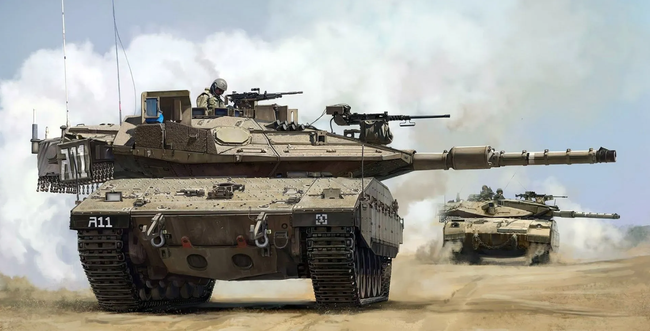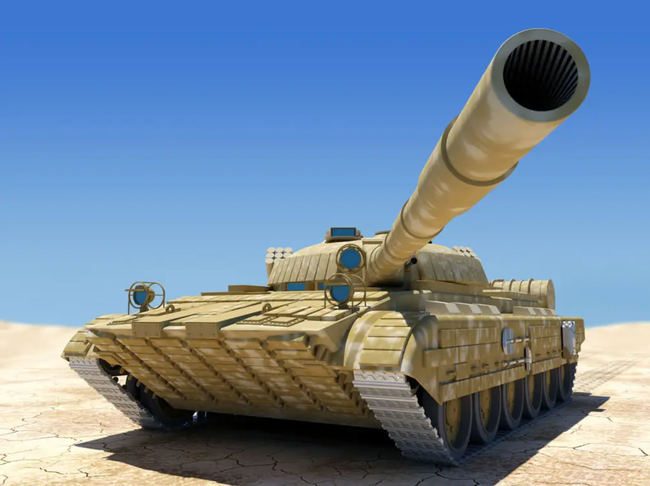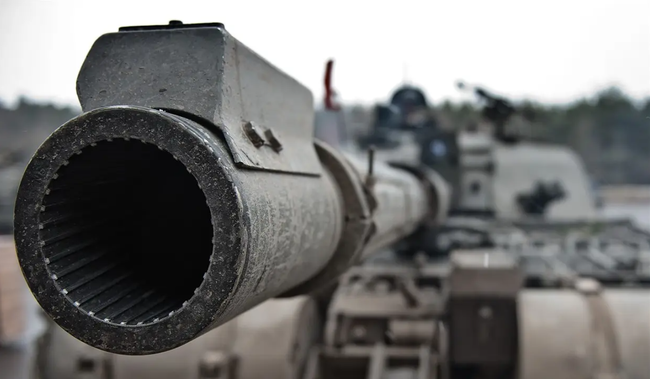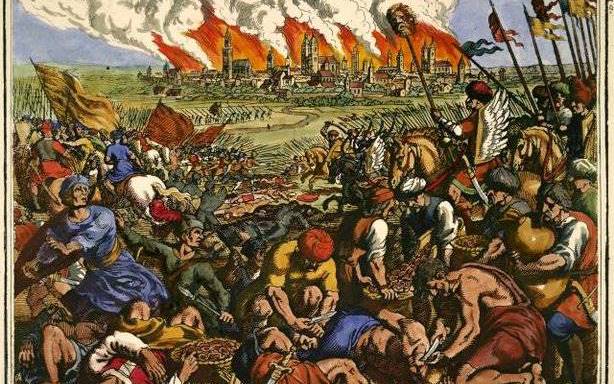Tank cannon barrel life is only 6 seconds
Tank is a weapon that is widely equipped by countries and has a relatively long history. The development of tanks in recent years is also in the direction of becoming more and more solid, the engine is more powerful. In addition, tanks are also increasingly durable, even some countries still use Stalin II tanks built at the end of World War II and even the T-34 type.
Given that tanks can last for 30 years or more, there are very few people who would believe that tank cannons have a lifespan of only 6 seconds. Moreover, this is also due to the continuous development of science and technology to achieve so, in the past, the cannons on tanks only had a lifespan of 2 to 3 seconds.

Many people who have just heard this will find it hard to believe, because there is no press that says that tanks when participating in exercises or combat have to change the barrel many times. However, in the documents it is true. During World War II, tank cannons only had a lifespan of 2 to 3 seconds.
The reason why the barrel has such a low life span cannot but refer to the development principle of the tank cannon. In essence, the tank cannon can be considered an exaggeration of the machine gun. That is to say, all use the explosive power of the explosives in the rear ammunition chamber, producing a mass of gas with very high temperature and pressure, causing the pressure in the ammunition chamber to increase to the maximum, thereby pushing the warhead to fly along the barrel of the cannon. go out.
This means that in that moment of fire, there is tremendous pressure in the ammunition chamber. When the warhead is pushed out in front of the barrel, the pressure and heat will overflow along the barrel. Thus, each cannon fire can be considered a sabotage to the cannon barrel.

In addition to the production of high-pressure gas in the ammunition chamber causing great damage to the cannon barrel, another serious damage comes from the cannon’s warhead. In the past, when artillery had just appeared on the battlefield, artillery was loaded with explosives and warheads from the muzzle.
Due to the limitations of the processing technology of that time and also to facilitate loading, the shells of early artillery were all iron balls with a diameter smaller than the inner diameter of the barrel. Although this type of bullet can be fired normally, but because the cannon is subjected to thermal expansion, plus the bullet diameter itself is a bit smaller than the inner diameter of the barrel, so the mass pressure is partially lost through the barrel. gap between the bullet and the barrel. Besides, it also caused the phenomenon of turbulent gas flow, so at that time the cannon only needed to be able to shoot bullets, but it did not require much accuracy.

Later this situation was discovered and gradually improved the barrel structure and shells. By World War II, the guns used at that time all had spiral grooves in the barrel. But due to the requirement that the barrel and bullets during firing must be closed to make the most of the explosive energy, the warhead part often has to be made a little larger than the barrel diameter. Thus, the shell is like a cork that seals the space behind it to make the most of the explosive energy. But this makes the warhead need to use a metal that is relatively easy to deform, or in other words, must be relatively soft. Therefore, current artillery shells basically use copper to make shells because copper is softer than iron. After being pressurized, copper can easily change shape, on the one hand quickly sealing the space in the barrel, and on the other hand will not cause undue damage to the barrel.
In addition to changing the shell, the barrel itself was also continuously improved. First of all, the life of the cannon at the beginning was also not fixed. In the ideal situation, after each tank fire, it is necessary to wait 3 to 4 seconds. Because after each shot, the barrel experiences a huge amount of heat from the explosive gas explosion and from the great friction between the bullet and the barrel. The simple principle is that heat expands and cools, so when the cannon has just completed a shot, the heat has not been completely lost, creating irregular expansions in different positions in the barrel.

In this situation, if you immediately fire the second shot, it may be because there are small changes in the barrel wall that lead to the accuracy of the projectile being greatly affected. In addition, continuing to fire in this situation will lead to the higher temperature of the barrel, the more obvious the change in the barrel, making subsequent shots of the cannon will have less accuracy.
Modern cannons all use specially manufactured alloys, and the casting method also complies with very high specific technological requirements. In addition, modern cannon barrels also have a heat dissipation mechanism that helps to dissipate heat much faster than before. As a result, during fierce combat, artillery can fire continuously for a period of time.
However, the quick heat dissipation mechanism also causes the inside of the barrel to experience rapid heat and cold. When in a steady state of fire, the difference in temperature is more than 600 degrees Celsius. Therefore, even with special designs, the life of the barrel is still very short. Until now, through many technological improvements, a barrel can only reach a life of 6 seconds. However, for a cannon, the lifespan of 6 seconds is quite enough.

Many people when thinking about barrel life have misconceptions. The fact is that the useful life of the barrel is calculated from the time the explosive burns until the warhead flies out of the barrel. This time is actually very short, because the firing speed of cannons today is almost twice the speed of sound, roughly from 750 m/s. With the barrel length on the tank is usually about 5 m, the whole firing process only takes about 6 milliseconds, so with the life of 6 seconds of the barrel, it can actually fire 1000 rounds.
In real situations, the tank’s cannon may not always have a life of 6 seconds. As in the US, Russia, China, the life span of the cannon on a tank when it exceeds 1/3 of the time is to be replaced for insurance.
at Blogtuan.info – Source: danviet.vn – Read the original article here

